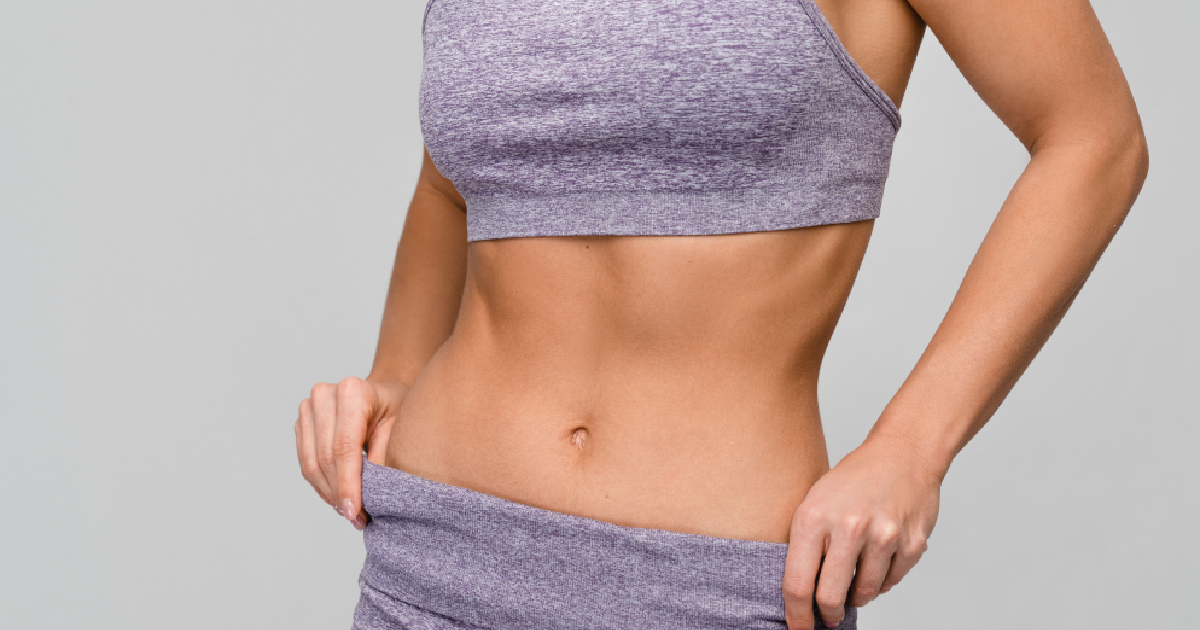Table of Contents
In support of National Physical Therapy Month, we’re diving into the essential topic of healing from sports injuries. Sports injuries are an inevitable part of an active lifestyle, whether you’re a professional athlete or someone who enjoys recreational sports. While staying active is crucial for maintaining good health, ensuring you’re doing so safely is just as important. Sports injuries can sideline even the most seasoned athletes, from sprains to muscle tears, but the road to recovery and prevention is within reach. In this article, we’ll explore how to recover effectively from common sports injuries and highlight proactive steps to keep you injury free as you stay active.
Nova Vita Solutions
Nova Vita can support your recovery from sports injuries and help you get back to feeling your best. Our solutions are designed to reduce pain, speed up healing, and promote overall wellness. Our glutathione Infusions boost your immune system and aid in tissue repair. This powerful antioxidant promotes faster recovery by reducing inflammation and supporting muscle repair. We also provide peptide therapy in our clinics and a telehealth option coming soon, including BPC-157, known for its powerful healing properties which can significantly enhance recovery by promoting tissue regeneration and reducing inflammation. Additionally, our compression boots relieve muscle soreness and improve blood flow, ideal for enhancing recovery after intense activity or injury. Book your session today to begin your recovery journey with Nova Vita.
What Causes Sports Injuries?
Sports injuries are often caused by a combination of factors, including overuse, improper technique, and inadequate warm-ups. When muscles, ligaments, and tendons are repeatedly stressed without sufficient recovery time, the risk of injury increases. This is particularly common in high-impact sports or activities that require repetitive motions, like running, weightlifting, or tennis. Sudden movements, like quick direction changes or collisions, can also result in sprains, strains, or fractures.
Additionally, poor conditioning, lack of flexibility, and insufficient stretching can contribute to sports injuries. When muscles are not properly warmed up or when an individual pushes their body beyond its limits without the right preparation or recovery, it becomes more susceptible to tears, pulls, and joint problems. Understanding the common causes of sports injuries is key to preventing them and staying active safely.
Types of Sports Injuries
Sports injuries can generally be categorized into two types: acute and chronic injuries. Acute injuries occur suddenly, often as a result of a specific impact or trauma, such as a sprained ankle, a torn ligament, or a broken bone. These injuries usually happen during high-intensity actions like quick direction changes, falls, or collisions, and they tend to cause immediate pain, swelling, and limited mobility.
Chronic injuries develop over time due to repetitive stress on muscles, joints, and tendons. This is common in activities like running, cycling, or swimming. These injuries can occur when the body is not given adequate time to recover between workouts or when improper technique is used consistently. Conditions like tendonitis or stress fractures often fall into this category and can worsen if not properly treated. It’s important to see a doctor immediately after injuring yourself because you may be hurt more severely than you think. For example, what seems like an ankle sprain may actually be a bone fracture.
Preventing Sports Injuries
The best injury recovery plan starts with injury prevention. By taking proactive steps, you can significantly reduce your chances of getting hurt and keep your body safe and healthy for your favorite exercise routines. A few key strategies to help prevent sports injuries include:
● Practice proper prep the day before: Ensure you’re well-hydrated, rested, and have eaten a balanced diet. Preparing your body for physical activity starts long before the event or workout begins.
● Warm up & cool down: Always begin with light exercises to gradually increase your heart rate and loosen muscles. After your activity, spend time cooling down with stretching and low-intensity movements to reduce muscle stiffness and promote recovery.
● Stretch regularly: Stretching improves flexibility, which helps prevent muscle strains and tears. Focus on dynamic stretches before activity and static stretches afterward to maintain muscle health.
● Strength training: Build muscle strength, especially around joints, to provide better stability and support. Strong muscles help absorb impact and reduce the risk of injury.
● Use proper equipment: Wear the appropriate gear, including shoes, pads, and braces to protect and support vulnerable areas of the body.
● Focus on technique: Proper form is key in reducing strain on muscles and joints. Take the time to learn and use correct techniques during sports and exercises to avoid unnecessary stress on your body.
● Rest & recovery: Give your body time to heal by resting between intense workouts. Overuse injuries are common when athletes don’t allow enough time for recovery.
How to Heal From Sports Injuries
No matter how severe your injury is, properly treating the injury is vital to providing pain relief, preventing further damage, and being able to eventually resume your activity. To safely and effectively heal from a sports injury consider the following methods:
- The RICE Method (Rest, Ice, Compression, Elevate): This is the go-to for acute injuries (soft tissue injuries) like sprains and strains. Rest the injured area, apply ice to reduce swelling, use compression bandages, and elevate the injury above your heart to minimize swelling and pain. RICE reduces blood flow to the injured area, which helps minimize post-injury swelling and pain.
- Cold Therapy and Heat Therapy: Cold therapy reduces blood flow to a particular area reducing inflammation and swelling. This reduces nerve activity which can help ease pain. Types of cold therapy can include ice packs, cryotherapy, coolant sprays, cold plunges, and ice massages. Cold therapy is better for acute pain, inflammation, and swelling. Heat therapy increases circulation and blood flow to a particular area with an increased temperature, helping relax and sooth muscles and damaged tissues. Examples of heat therapy include heating pads, dry heat pats, and saunas. Heat is better for muscle pain, muscle stiffness, and injuries that take longer than six weeks to fully heal.
- Physical Therapy: Investing in a physical therapist and building a customized recovery plan can help restore movement, improve strength, and ensure safe recovery without risking further injury.
- Pain Management: Talk to your doctor about over-the-counter medications, such as ibuprofen or acetaminophen, which can help manage pain and reduce inflammation during recovery. Your doctor may also prescribe other medications depending on your injury.
- Proper Diet and Supplements: Whether you’ve torn your ACL or sprained a muscle, what you eat during the injury recovery process can help improve the healing process. Consider protein-rich foods to enhance your body’s muscle-building process and aid in faster recovery. Add more vitamin C to your diet through supplements, foods rich in vitamin C, and vitamin C infusions. Vitamin C helps rebuild tissues and reduce inflammation, both important aspects of the injury recovery process. Lastly, stay hydrated!
- Consult a Specialist: For more serious injuries, consult a healthcare provider for additional treatments, such as bracing, injections, or surgery.
Recovering from sports injuries requires proper treatment and support to ensure long-term healing and avoid further damage. By incorporating proven methods like rest, physical therapy, and advanced treatments, you can safely heal and return to your active lifestyle. At Nova Vita, we offer comprehensive recovery solutions to accelerate your healing process. Don’t let an injury slow you down—take charge of your recovery today. Book an appointment with Nova Vita and start feeling better, faster.






